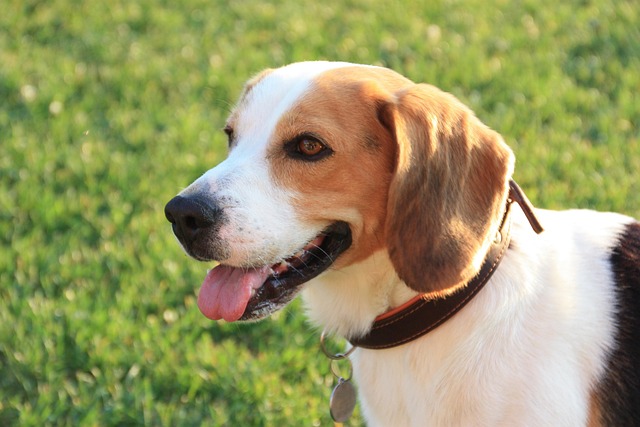
How do i train my dog to be obedient?
Watching your dog dart across the park ignoring your calls isn’t just frustrating—it can put them at risk near busy streets or public spaces.
Potty training a new puppy feels like a crash course in patience—especially when you’re scrubbing accidents off the living room rug at 2 a.m. But with the right rhythm, even the most stubborn 8-week-old can learn to signal when nature calls, saving you stress and keeping your home (mostly) clean.
Start by syncing their schedule to their tiny bladder. Puppies under 4 months can’t hold it for long—usually an hour for each month of age. That means after naps, meals, and playtime, it’s time to head out. In cities like Chicago, where winter chills hit hard, keep a warm coat handy for those mid-night trips; consistency matters more than the weather.
Choose a designated spot. Whether it’s a patch of grass in the backyard or a pee pad by the door, sticking to one area helps their little brains connect the location with the action. Many trainers in Arizona swear by using a specific command, like “go potty,” to reinforce the behavior—say it calmly each time, and they’ll start associating the phrase with the task.
 Reward instantly when they get it right. A tiny treat, a enthusiastic “good job!” and a quick belly rub work wonders. Dogs thrive on positive reinforcement, and delaying the reward even by a minute can confuse them. Avoid scolding for accidents; yelling or rubbing their nose in it might make them hide to go potty, a common issue vets in Colorado see with anxious pups.
Reward instantly when they get it right. A tiny treat, a enthusiastic “good job!” and a quick belly rub work wonders. Dogs thrive on positive reinforcement, and delaying the reward even by a minute can confuse them. Avoid scolding for accidents; yelling or rubbing their nose in it might make them hide to go potty, a common issue vets in Colorado see with anxious pups.
Watch for the telltale signs: circling, sniffing, or sudden restlessness. When you spot these, scoop them up and rush to their spot—even if it means dropping whatever you’re doing. In apartment buildings like those in Boston, having a portable potty pad near the door can be a lifesaver for those last-minute dashes.
Clean accidents thoroughly. Enzymatic cleaners break down odors that might attract them back to the same spot, unlike regular household cleaners. This isn’t just about hygiene; in some states, like Massachusetts, repeated indoor soiling in rental properties could violate pet policies, so getting it right early prevents headaches later.
Remember, setbacks happen. A rainy day or a change in routine might throw them off, but staying consistent will get you back on track. Most puppies master the basics by 6 months, though small breeds often take a bit longer. Celebrate the small wins—each successful trip outside is a step toward a well-trained companion who knows exactly where to go.

Watching your dog dart across the park ignoring your calls isn’t just frustrating—it can put them at risk near busy streets or public spaces.

New puppy owners often find themselves rushing to clean up accidents before they set in, and that’s where puppy pad training becomes a game-changer.

If you've noticed your dog's waistline disappearing and your veterinarian has mentioned those few extra pounds, your first instinct might be to simply reduce the amount of food in their bowl.

Training a dog to use a designated spot indoors isn’t as daunting as many new owners fear, but it does take consistency and an understanding of your pet’s needs.

That moment of dread on a walk is all too familiar for many new dog owners. You see another dog approaching down the sidewalk of your neighborhood

If the sight of another dog on your neighborhood walk makes your heart sink as your own dog erupts into a frenzy of barking and lunging, you're not alone.